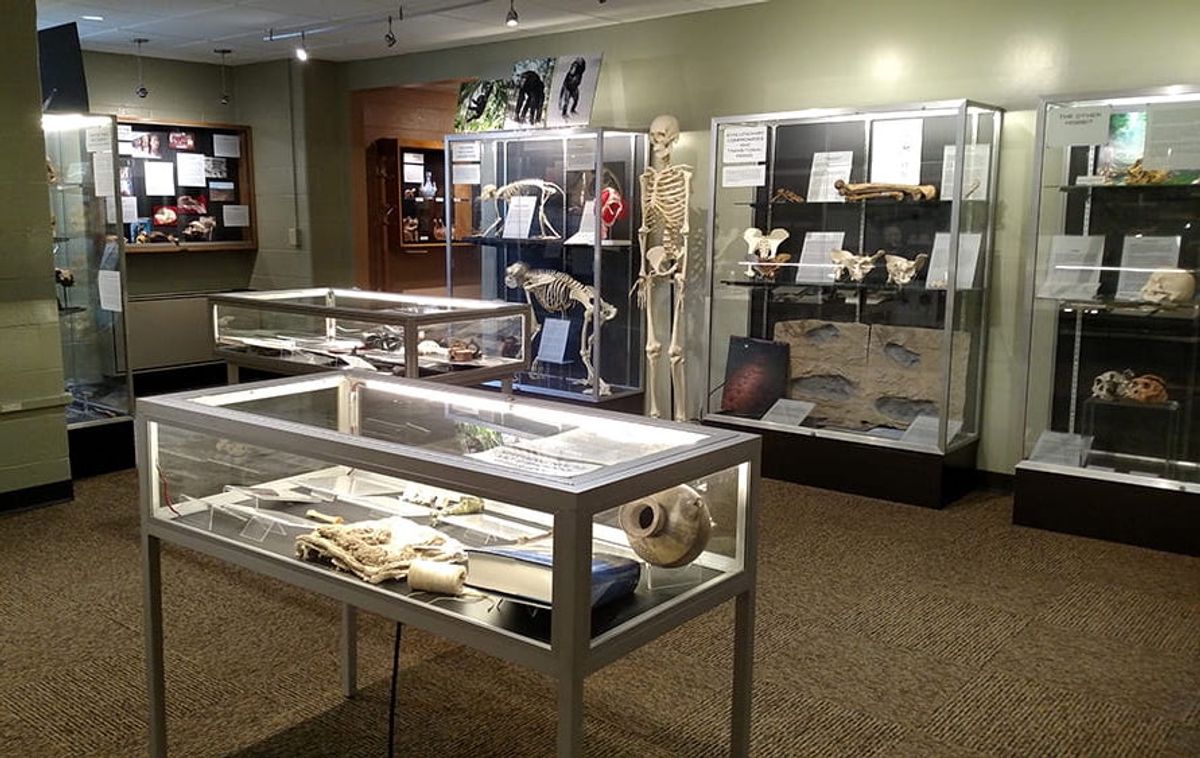An anthropology museum that was informally established in the 1960s by the Pennsylvania State University’s anthropology department will open in 2024 as part of a $100m campus expansion slated to begin this summer.
The museum known as the Matson Museum of Anthropology (named in honour of the late Penn State professor and archaeologist Frederick Matson) was established as the “public face” of the department. It has since occupied three windowless second-floor rooms converted from classrooms, which have the capacity to display less than 5% of the department’s 10,000-piece anthropology collection.
The reimagining will see the museum moved to a first-floor location near the entrance of the new 140,000 sq. ft Susan Welch Liberal Arts Building, where it will have less square footage but more streamlined vitrines and labels, as well as exhibitions that will rotate each semester. Organisers envision that the space will accommodate the display of between 200 to 500 objects at a time.
Earlier this month, Penn State announced the appointment of James Doyle to the role of director of the forthcoming museum. Doyle was previously an assistant curator of the art of the ancient Americas at the Metropolitan Museum of Art in New York, where he oversaw groundbreaking exhibitions like the 2019-2021 show Arte del Mar: Artistic Exchange in the Caribbeanand worked on projects that fused archeology and digital innovations like augmented reality.
Doyle earned his doctorate in anthropology from Brown University and completed a postdoctoral fellowship in pre-Columbian studies at Harvard University’s Dumbarton Oaks Research Library and Collection.
He will be entrusted to design the museum, curate the collection and also devise digital and in-person programmes, and says he will emphasise the new museum’s role as an “integral contributor to critical discussions about human diversity and inequality”, and in “leading the university-wide efforts to create a more inclusive campus through activities and outreach that build meaningful relationships with Indigenous and international collaborators”.
He adds, “The chance to have a purpose-built space for a museum, to work with the architects and also to bring in my own expertise in exhibition design is a rare opportunity.”


